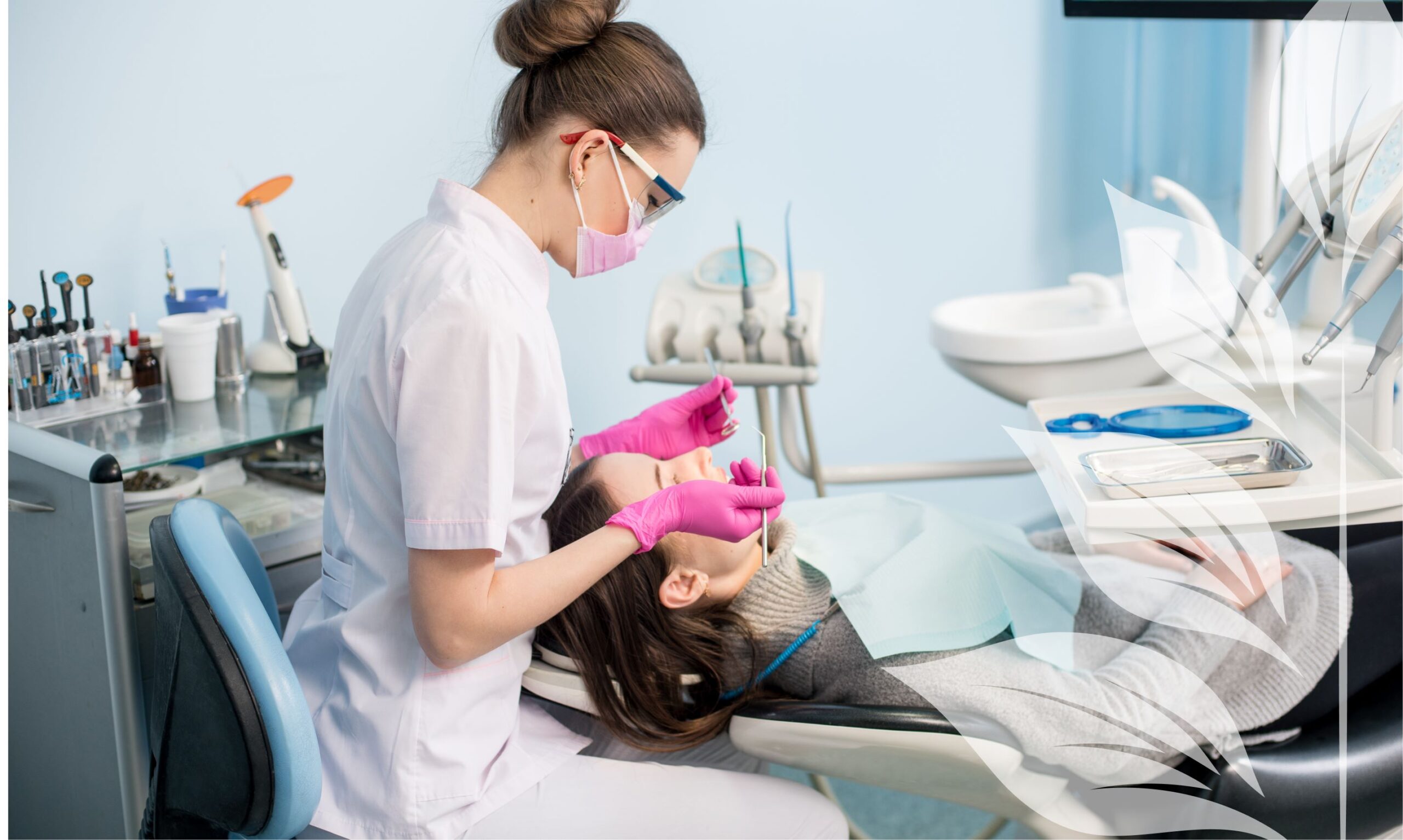Restore your unique smile for years to come.
A smile is at once one of the most universal symbols in the world and one of the most varying and unique features people possess. Smiles tie people from every culture across the world together, as they’re universally recognized as an expression of happiness and joy. And yet, no two smiles are the same. Your smile is just as unique as your fingerprint. As a result, when you need a dental restoration, it’s natural for you to want to pick the option that will provide you with the best short- and long-term results for the health, function, and appearance of your smile.
You’ve likely heard of both dental crowns and dental veneers, but you may not be aware of their differences. Since restorative dentistry provides results that will last for years to come, we want to make sure you love the results. We’ve put together a comparison of the differences between crowns and veneers to help you determine which method will be the best way to restore your unique smile.
How are dental crowns and dental veneers different?
Dental crowns and veneers share the goal of restoring the function, appearance, and health of your teeth, but they reach this goal in different ways. Crowns are tooth-shaped restorations that fit over the entirety of your natural tooth, covering it all the way down to your gumline. In contrast, veneers are thin, tooth-shaped shells that are permanently adhered to the front surface of your tooth.
Dental crowns and dental veneers are both usually made from porcelain. While crowns can be made from a variety of other materials, porcelain is the most common material because of its durability and customizability. It can be tinted and buffed to match the shade and gloss of your natural teeth and shaped to meet your specifications, so porcelain crowns and porcelain veneers will both blend into your natural smile like they’ve always been there.
What maintenance do crowns and veneers require, and how long will they last?
Since they’re made of the same durable, stain-resistant porcelain, crowns and veneers require similar maintenance. Thankfully, this maintenance is as simple as committing to a thorough oral hygiene routine and visiting Dr. Allred for a regular dental appointment every six months. Crowns and veneers are both permanent treatments, so once you place either restoration on one of your teeth, that tooth will always need it. If you take good care of your restoration, however, crowns and veneers should both last around 15 years before needing to be replaced. When porcelain crowns are precision-milled using cutting-edge modern technology, they can even have the potential to last longer than metal crowns.
What are they each used to treat?
Although crowns and veneers share similar goals and are often used to treat similar dental issues, exactly what they treat and what they’re best used for are actually quite different. Porcelain crowns are often placed on teeth that are weak, severely worn down, misshapen, crooked, or severely discolored, and they restore teeth that have suffered severe damage from decay or an injury, such as cracking or breaking. They protect these teeth from future decay or injury while restoring their function and appearance. They’re so effective at their job that they can actively save severely damaged or decayed teeth!
Porcelain veneers are often used in cosmetic dentistry to treat issues, such as permanently stained, misaligned, or misshapen teeth. They can also close gaps between teeth or make slightly crooked teeth appear straight. As long as your bite itself doesn’t need to be corrected, porcelain veneers make a great, much faster alternative to orthodontic treatments like braces. Veneers are incredibly versatile, however, so they’re often used in restorative dentistry as well. Since they don’t cover your entire tooth like crowns do, they’re used to treat more minor dental issues than dental crowns, but they can still protect and restore the health, function, and appearance of your teeth for a wide variety of issues. They can relieve tooth sensitivity from enamel erosion and restore teeth that have been worn down, chipped, slightly broken, or cracked. Injuries and areas of thinned enamel like this are also more vulnerable to decay, so porcelain veneers act like a barrier for your injured tooth, preventing decay, protecting it from future injury, and preventing tooth sensitivity.
How is the treatment process different for crowns and veneers?
In general, crowns and veneers are milled in an outside lab, so they both take about two appointments over the course of several weeks to place. On the surface, the treatment process is actually very similar. During your first appointment, your dentist will numb your mouth and prepare your tooth for your restoration by shaving it down. When you get a dental crown, your dentist will need to shave the sides and top of your tooth down to allow the crown to fit over it. If you need a root canal, it’s during this stage of the process that you’ll receive it. In contrast, when you get a dental veneer, your dentist will simply remove a small amount of enamel from the surface of your tooth. This provides a better surface for the veneer to adhere to and helps it maintain a natural appearance by preventing your tooth from looking too thick.
Whether you’re getting a crown or a veneer, your dentist will take a mold of your teeth once your tooth has been prepared. This mold will be used to create both your permanent restoration and a temporary restoration, which you’ll wear until the permanent one arrives in a few weeks. When your permanent crown or veneer is ready, you’ll come in for your second appointment. During this appointment, your dentist will simply numb your mouth, replace your temporary crown or veneer with your permanent restoration, check your bite to make sure it fits perfectly, and make adjustments as necessary before cementing it permanently in place. At the end of your appointment, your dentist will provide you with care instructions for your restoration before you leave our office with your beautiful, healthier smile!
Are there circumstances where one treatment is better than the other?
Yes, there absolutely are! Porcelain crowns can save a severely damaged tooth, but your dentist has to remove a significant amount of healthy tooth structure to place it on your tooth. In contrast, porcelain veneers only require them to remove a very small layer of enamel. When it comes to your oral health, it’s always best to save as much of your natural, healthy tooth structure as possible.
As a result, if the issue you need to remedy can be treated with a porcelain veneer, then that’s likely the best option for you. For example, while dental crowns and dental veneers can both be used to restore severely stained teeth, a veneer is usually going to be the better option. When your tooth is severely damaged, however, dental crowns are unparalleled in their ability to save your tooth while restoring its health, function, and appearance.
Are there any cases where dentists can choose either a crown or veneer?
There are a few circumstances where your dentist might be able to place either a crown or a veneer to treat the issue effectively. You generally want to try and choose the treatment that is best for your long-term oral health. In many cases, this means choosing the treatment that preserves the most healthy tooth structure: dental veneers. This isn’t always the case, however. If there’s reason to believe the tooth you’re treating is vulnerable to decay, you wouldn’t want to place a veneer on it only to need more work done on the tooth in a couple of years. In cases like this, it may be best to go ahead and place a crown on the tooth to protect it from future decay.
Are crowns or veneers right for you?
If your smile has suffered from an injury or decay, you don’t have to lose its function or unique beauty. A dental crown or veneer can be the key to restoring your smile’s function and appearance while protecting its health for years to come. If you’re still not sure which treatment is best for you, that’s OK! Your dentist will be happy to discuss your treatment options with you during your consultation, which you can call our office to schedule at any time.





